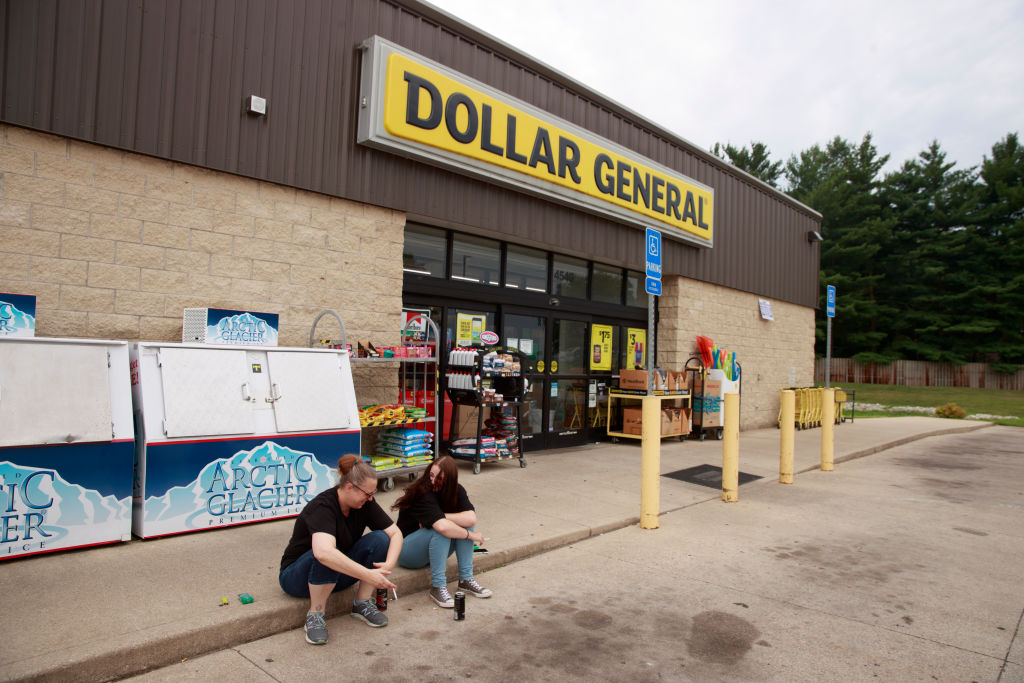In the digital age, multimedia content plays a crucial role in communication, entertainment, and information dissemination. However, with the rise of sophisticated tampering techniques, ensuring the authenticity and integrity of multimedia content has become a critical concern.
In this article, we will dive into the technologies employed to prevent tampering in multimedia content, safeguarding it from manipulation and unauthorized alterations.
Watermarking Technology
Watermarking technology involves embedding imperceptible markers within multimedia content, acting as a digital signature. These watermarks, invisible to the naked eye, uniquely identify the content’s origin or owner. This method serves as a deterrent against tampering, as it creates a traceable link between the content and its rightful source.
Digital watermarks are resilient, surviving various transformations while remaining intact. They are pivotal in protecting intellectual property, aiding in copyright enforcement, and ensuring the authenticity of multimedia content in an interconnected digital landscape.
Blockchain for Content Verification
Blockchain, known for its decentralized and tamper-resistant nature, provides an effective solution for content verification. According to Harvard Business Review, blockchain may be used to combat misinformation by monitoring and authenticating sources and other key information for online media.
By recording transactions in a secure and transparent ledger, blockchain ensures the integrity and authenticity of multimedia content. Each block in the chain contains a cryptographic hash of the previous block, creating an immutable link.
This structure makes it practically impossible to alter information retroactively, establishing a reliable record of the content’s journey from creation to consumption. Blockchain technology not only safeguards against tampering but also enhances trust in digital interactions and transactions involving multimedia content.
Encryption and Secure Communication
Encryption plays a crucial role in securing multimedia content during transmission and storage. By converting data into a scrambled format that can only be deciphered with the appropriate key, encryption safeguards content from unauthorized access.
In this digital era, encryption is especially useful for businesses. According to Statista, over 60% of global survey respondents in 2021 stated that encryption was extensively used on their company’s backup and archives.
This ensures the confidentiality and integrity of multimedia files, preventing tampering during transit across networks or storage platforms. Robust encryption protocols provide an extra layer of protection against cyber threats. This makes it challenging for malicious actors to manipulate or compromise multimedia content without the proper decryption key.
Forensic analysis tools are essential for scrutinizing multimedia content and detecting signs of tampering. These tools delve into metadata, examining timestamps, geolocation, and other digital fingerprints to verify the authenticity of content.
Through meticulous analysis of pixel-level details, inconsistencies, or anomalies, forensic experts can determine whether the multimedia content has been altered or manipulated. This proactive approach aids in legal investigations, copyright enforcement, and maintaining the credibility of digital media in various fields, from journalism to law enforcement.
Machine Learning for Authenticity Verification
Machine learning algorithms contribute to authenticity verification by learning patterns inherent in genuine multimedia content. These algorithms analyze visual and auditory features, detecting anomalies or deviations from established norms. Through continuous learning and adaptation, machine learning models improve their accuracy in identifying potential tampering.
This approach is particularly effective against emerging threats like deepfakes, as it enables systems to evolve and stay ahead of manipulative techniques. Machine learning-based authenticity verification adds a dynamic layer of protection, reinforcing the security of multimedia content across diverse platforms.
Exposing Deepfake Manipulation
Deepfakes leverage artificial intelligence to seamlessly superimpose one person’s likeness onto another’s, creating highly convincing but entirely fabricated videos or audio recordings.
This technology has the potential to deceive and manipulate viewers, raising concerns about misinformation and privacy breaches. As noted by Sumsub, deepfake cybersecurity incidents have more than doubled from 2022 to Q1 2023 in North America.
Deepfake detection software solutions have become a critical line of defense against this deceptive wave of AI-generated content. These detection algorithms employ sophisticated machine learning models to examine facial expressions, voice patterns, and contextual inconsistencies within multimedia content.
AU10TIX notes that deepfake detection tools play a crucial role in preserving the credibility of digital media By distinguishing between authentic and manipulated elements. As deepfake technology evolves, continuous advancements in detection mechanisms are essential to stay ahead of deceptive practices.
Active Authentication Techniques
Active authentication involves real-time monitoring of multimedia content to detect and prevent tampering as it occurs. This proactive approach relies on continuous monitoring and analysis of content during its lifecycle. Any unauthorized alterations trigger immediate alerts or intervention, preventing the dissemination of tampered content.
Active authentication techniques are crucial for time-sensitive applications, ensuring that the integrity of multimedia content is maintained in dynamic environments. This real-time monitoring capability is especially valuable in sectors where immediate action is necessary to mitigate the potential impact of tampering.
In conclusion, the fusion of watermarking, blockchain, encryption, forensic analysis, machine learning, and active authentication forms a dynamic defence against multimedia tampering.
As deepfake incidents rise, robust detection becomes vital for digital media credibility. This technological synergy not only safeguards against manipulation but fosters trust in digital interactions. Ongoing innovation is crucial to stay ahead of evolving threats and reinforce multimedia content integrity.









